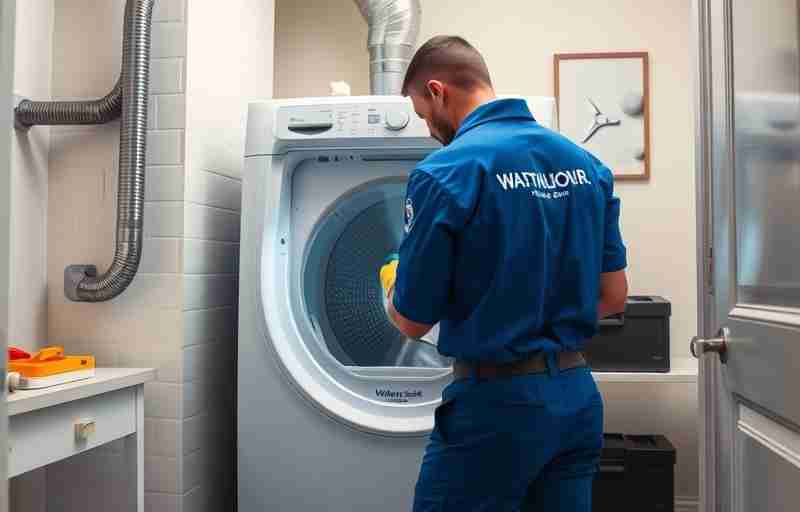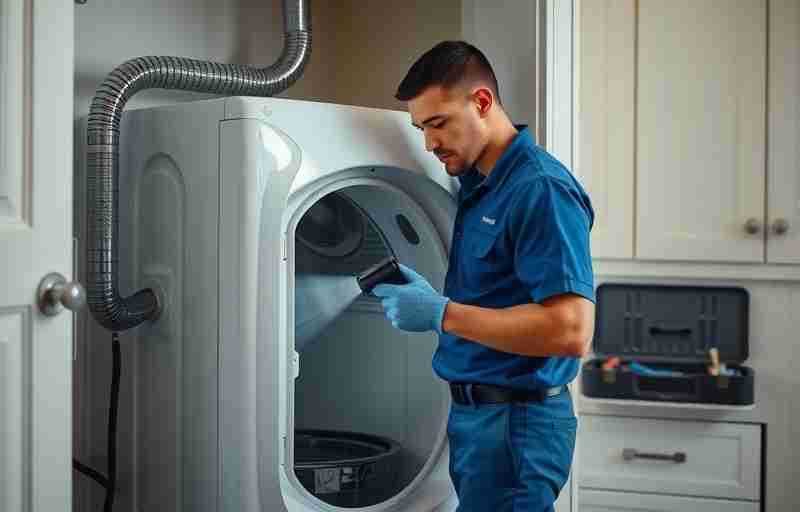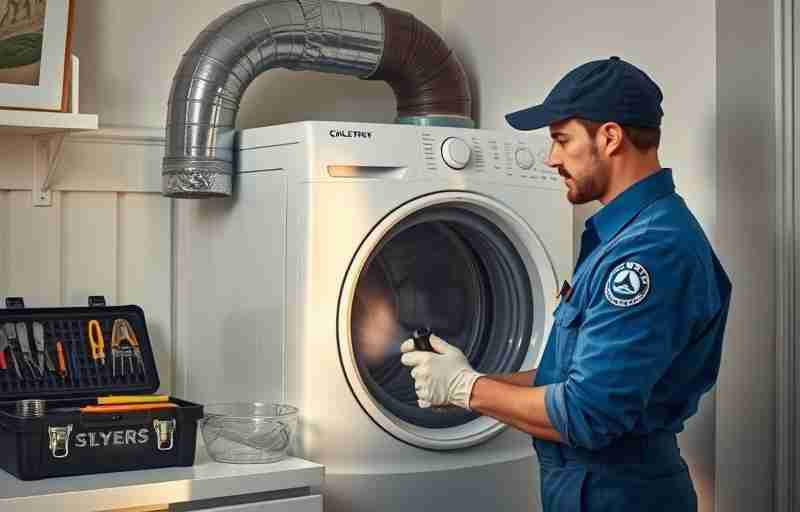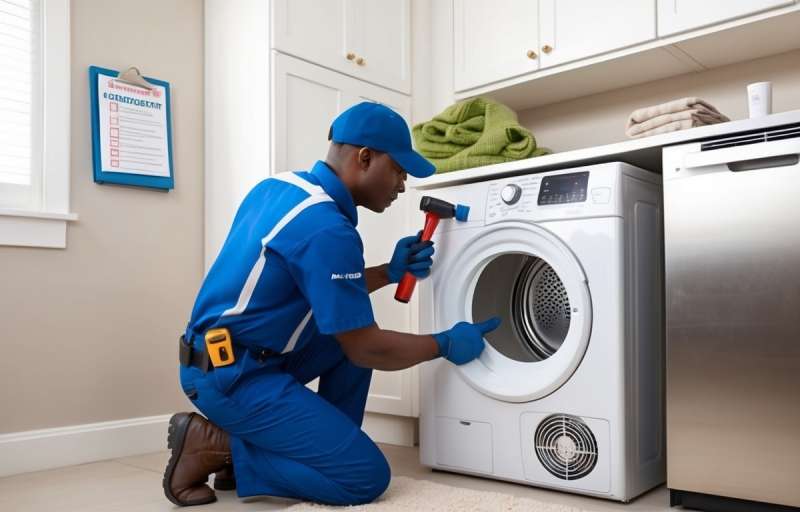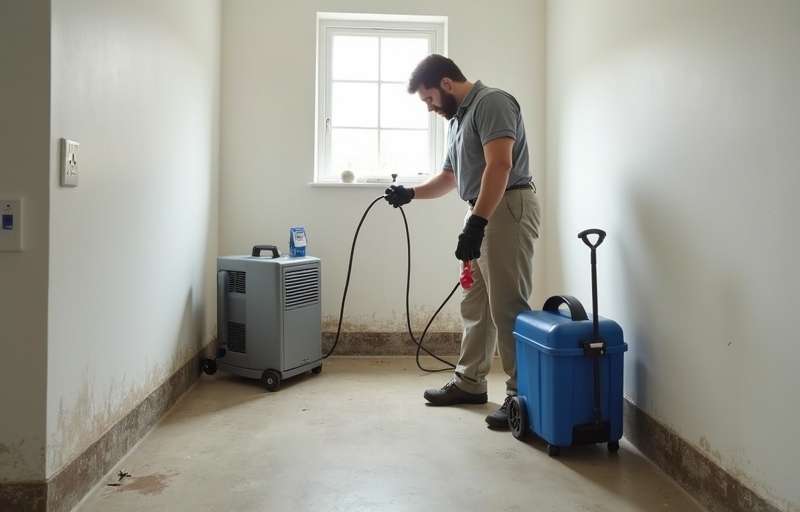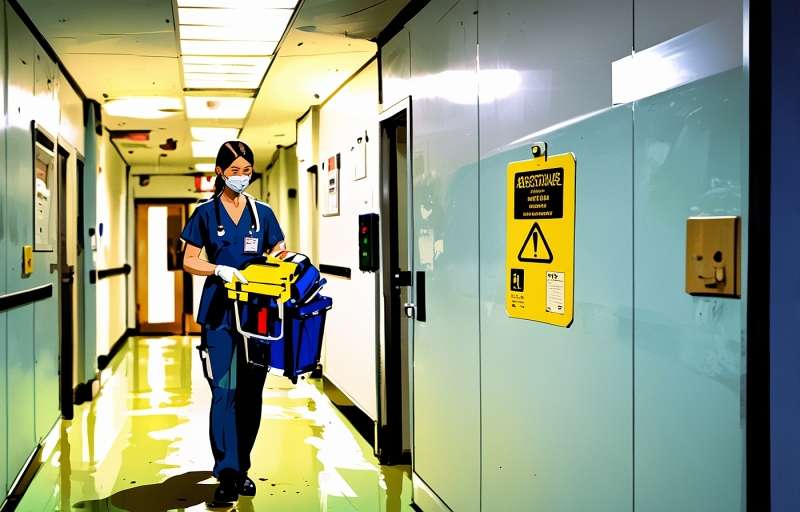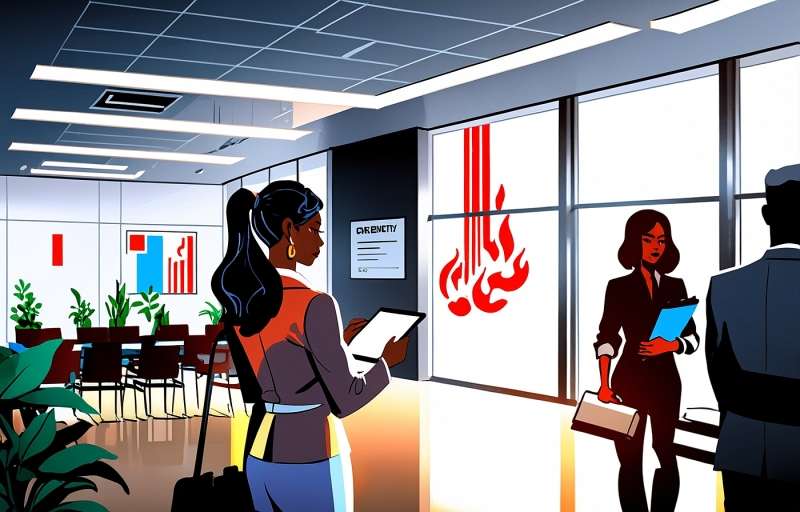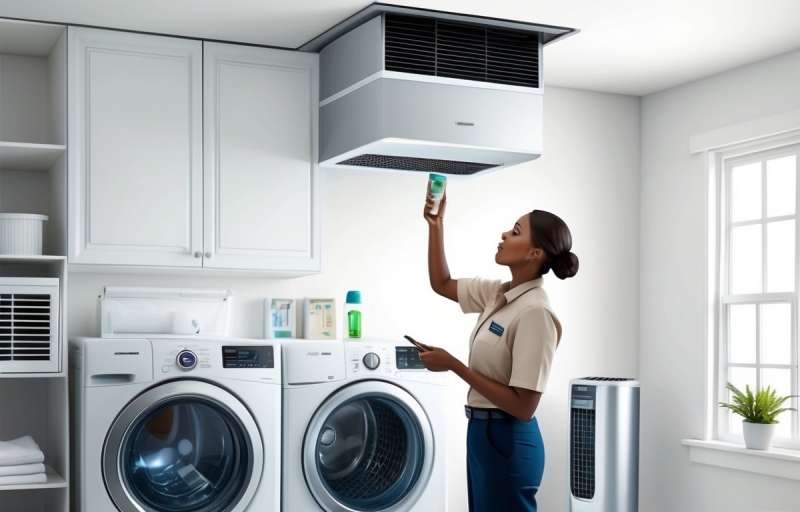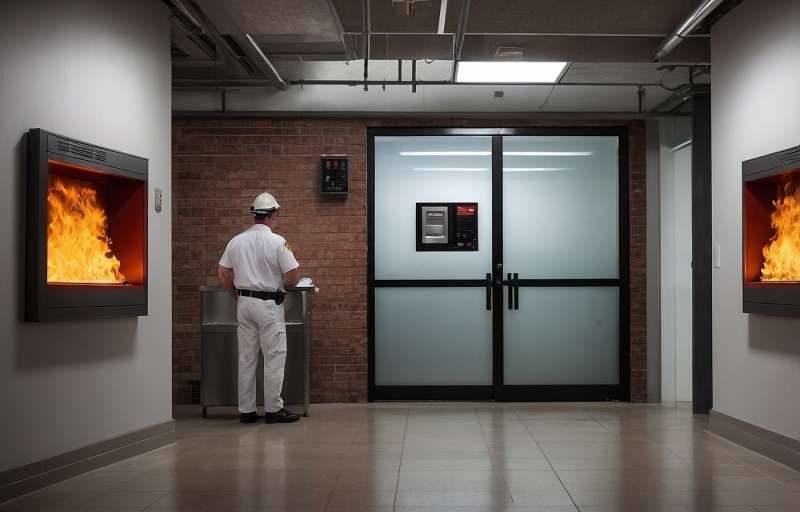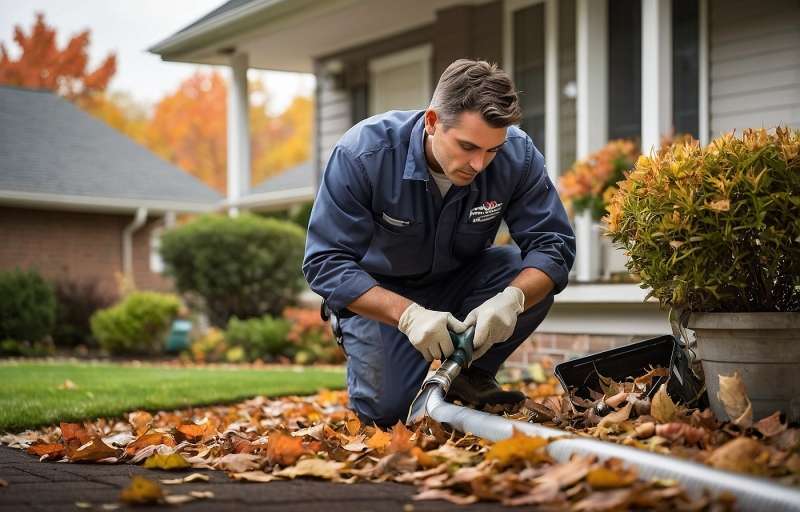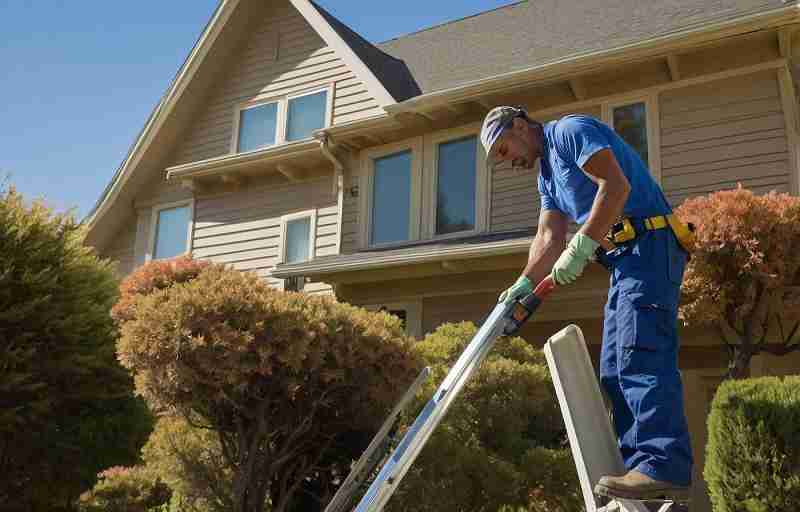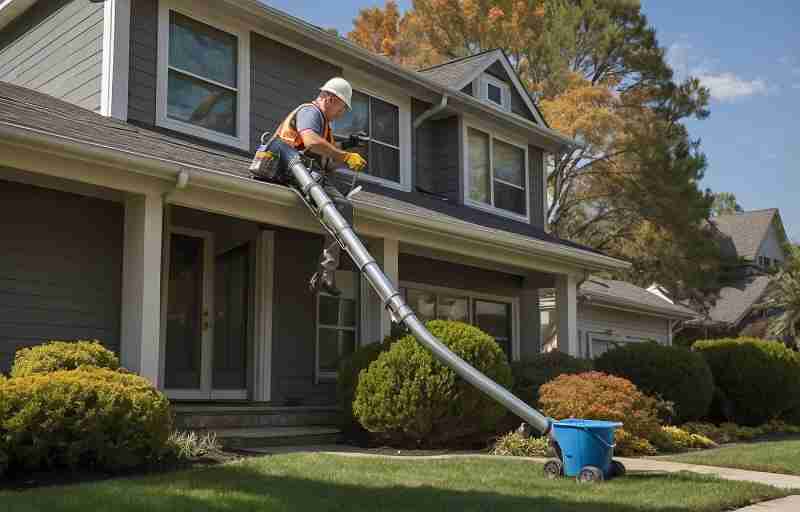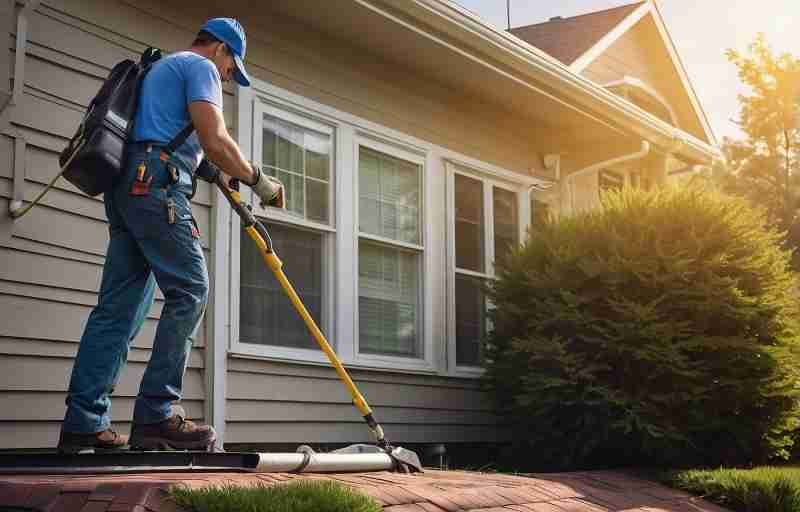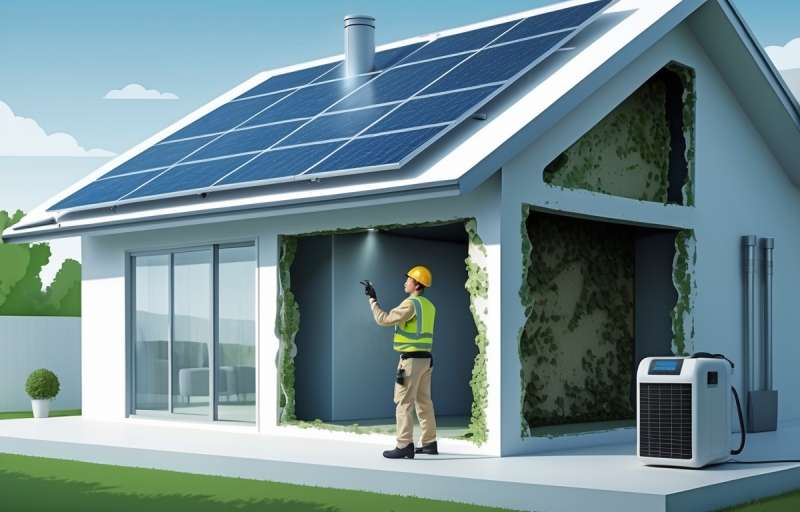When fire strikes a warehouse, the aftermath can be devastating—impacting not only the structure but also valuable inventory and business operations. Knowing how to handle fire damage in warehouses is essential for minimizing loss and ensuring a safe, efficient recovery process. At COMMITTED TO QUALITY SERVICE, we understand the urgency and complexity of fire damage restoration. Our team offers fast, friendly, and professional service to help you get back on track quickly. With a focus on safety, structural integrity, and inventory preservation, we use industry-leading techniques to mitigate fire damage and restore your warehouse to its pre-loss condition. Whether you’re dealing with smoke damage, soot removal, or structural repairs, our experts are here to help. Call us now at 855-933-7935 for immediate assistance. Trust us to deliver quality fire damage restoration services tailored to your warehouse needs.
Assessing the Extent of Fire Damage
After a warehouse fire, one of the most critical steps in the recovery process is assessing the extent of the fire damage. This evaluation not only determines the scope of the destruction but also lays the foundation for a comprehensive restoration plan. A thorough assessment helps identify structural weaknesses, inventory losses, and potential hazards that may not be immediately visible. Understanding the full impact of the fire is essential for safety, insurance claims, and effective restoration.
The first step in assessing fire damage is conducting a visual inspection. This involves examining the entire warehouse, including walls, ceilings, floors, and storage areas. Fire can compromise the structural integrity of a building, so it’s important to look for signs such as warped steel beams, cracked concrete, and weakened support structures. According to the National Fire Protection Association (NFPA), commercial property fires caused an estimated $2.4 billion in direct property damage in the U.S. in 2021 alone. This highlights the importance of a detailed and accurate assessment to avoid further financial loss.
In addition to visible damage, fire can cause hidden issues such as smoke and soot infiltration. These residues can penetrate walls, insulation, and HVAC systems, leading to long-term odor problems and potential health risks. A professional fire damage restoration team will use specialized equipment to detect and measure these contaminants. Thermal imaging cameras, moisture meters, and air quality monitors are commonly used tools in this process.
“Even if the flames didn’t reach certain areas, smoke and soot can travel far beyond the fire’s origin, causing unseen damage that must be addressed.”
Another critical aspect of the assessment is evaluating the condition of the warehouse’s contents. Inventory, machinery, and equipment must be examined to determine what can be salvaged and what needs to be replaced. This process often involves categorizing items based on their level of damage:
- Completely destroyed and unsalvageable
- Damaged but restorable with professional cleaning and repair
- Unaffected and safe for continued use
This classification helps streamline the restoration process and supports insurance documentation. It’s advisable to take detailed photographs and maintain records of all damaged items for claims and future reference.
Electrical systems should also be inspected by licensed professionals. Fire can melt wiring and damage circuit breakers, posing a serious risk of electrical shock or future fires. Similarly, plumbing systems may be compromised due to heat exposure or water used during firefighting efforts. These systems must be tested and repaired before the warehouse can be safely reoccupied.
In many cases, water damage accompanies fire damage due to the use of sprinklers or fire hoses. This can lead to mold growth if not addressed promptly. For more information on how to handle this issue, visit our page on water damage restoration.
It’s also important to consult with fire damage restoration experts who can provide a comprehensive evaluation and tailored recovery plan. At Projekt Restoration, our team is trained to assess all aspects of fire damage and offer reliable solutions. Learn more about our services and how we can help restore your warehouse to its original condition.
For warehouse owners and managers, understanding the full extent of fire damage is not just about rebuilding—it’s about ensuring the safety of employees, protecting assets, and minimizing downtime. A professional assessment is the first step toward a successful recovery.
“A detailed fire damage assessment is the cornerstone of any effective restoration strategy—it ensures nothing is overlooked and everything is accounted for.”
For further reading on fire damage restoration and safety protocols, consider these resources:
- National Fire Protection Association (NFPA)
- Occupational Safety and Health Administration (OSHA)
- Ready.gov – Fire Safety
To learn more about our company and commitment to quality restoration, visit our About page. If you have questions or need immediate assistance, don’t hesitate to reach out through our Contact page.
Ensuring Safety Before Entering the Warehouse
Before stepping into a warehouse that has suffered fire damage, it is crucial to prioritize safety to prevent further harm and ensure a smooth recovery process. Fire-damaged structures can be highly unstable, with compromised walls, ceilings, and flooring that may collapse without warning. The first step is to wait for clearance from fire officials or structural engineers who can assess the integrity of the building. Entering prematurely can expose individuals to falling debris, lingering smoke, or even toxic fumes from burned materials. It is also essential to wear appropriate personal protective equipment such as hard hats, gloves, respirators, and steel-toed boots to safeguard against physical injuries and inhalation of hazardous particles.
Once the area is deemed safe for entry, it is important to proceed with caution and remain vigilant for signs of structural weakness or hidden hazards. Fire can weaken metal supports, melt plastic components, and cause electrical systems to malfunction. Before any cleanup or restoration begins, ensure that all utilities such as electricity and gas are turned off to prevent electrocution or gas leaks. If water was used to extinguish the fire, there may also be a risk of mold growth or water damage, which can further compromise the safety of the environment. In such cases, professional assessment and remediation are necessary to address these secondary issues effectively.
It is also advisable to document the damage thoroughly before moving or removing any items. Taking photographs and videos can be invaluable for insurance claims and for planning the restoration process. This documentation should include structural damage, affected inventory, and any signs of water or smoke damage. If you are unsure about the extent of the damage or how to proceed, consulting with a professional restoration company can provide clarity and direction. Companies like Projekt Restoration offer comprehensive services that include damage assessment, cleanup, and full-scale restoration, ensuring that the warehouse is returned to a safe and functional state.
Communication is another key aspect of ensuring safety. All personnel involved in the recovery process should be briefed on potential hazards and safety protocols. Establishing a clear chain of command and using signage to indicate dangerous areas can help prevent accidents. It is also beneficial to have a first aid kit and emergency contact numbers readily available on-site in case of injury. For businesses operating in multiple locations, understanding the specific risks and regulations in each area is important. You can learn more about the regions served by visiting the serving areas page.
In addition to physical safety, consider the emotional and psychological impact of fire damage on employees and stakeholders. The aftermath of a fire can be distressing, and providing support or counseling resources can help affected individuals cope with the situation. Taking a comprehensive approach to safety not only protects those involved but also lays the foundation for a successful recovery and restoration process. By following these precautions and working with experienced professionals, you can ensure that the warehouse is safe to enter and that the path to restoration is both efficient and secure.
Contacting Emergency Services and Insurance Providers
In the aftermath of a warehouse fire, one of the most critical steps is promptly contacting emergency services and your insurance provider. Immediate communication with the fire department ensures that the blaze is fully extinguished and that the site is safe for further inspection. Even if the fire appears to be under control, hidden embers or structural weaknesses can pose serious risks. Once emergency responders have secured the area, it is essential to notify your insurance company as soon as possible. Most insurance policies require timely reporting of incidents to initiate the claims process, and delays can lead to complications or even denial of coverage.
When contacting emergency services, provide clear and concise information about the location of the warehouse, the extent of the fire, and whether there are any hazardous materials stored on-site. This information helps first responders prepare adequately and take necessary precautions. After the fire is extinguished and the area is deemed safe, request a copy of the fire report from the fire department. This document will be crucial for your insurance claim and for understanding the cause and scope of the damage.
Reaching out to your insurance provider should be done as soon as possible. Be prepared to provide detailed information about the incident, including the date and time of the fire, the suspected cause, and the extent of the damage. Take photographs and videos of the affected areas before any cleanup or restoration begins. These visual records serve as vital evidence for your claim and help ensure you receive fair compensation. Keep a record of all communications with your insurance company, including emails, phone calls, and any documents submitted.
It is also advisable to review your insurance policy to understand what is covered and what is not. Some policies may include provisions for business interruption, which can help cover lost income during the recovery period. If you are unsure about any aspect of your coverage, consider consulting with a public adjuster or legal expert who specializes in fire damage claims. Their expertise can help you navigate the often complex claims process and avoid common pitfalls.
While dealing with insurance, it is equally important to begin planning for restoration. Professional fire damage restoration services can assess the extent of the damage and begin the cleanup and repair process. Companies like Projekt Restoration offer comprehensive services that include debris removal, smoke odor elimination, and structural repairs. Engaging with a trusted restoration company early on can help prevent further damage and speed up the recovery process.
Additionally, understanding the broader impact of fire damage is essential. Fires can compromise the structural integrity of a warehouse and create conditions conducive to mold growth and water damage, especially if water was used to extinguish the flames. For more information on how to identify and address these secondary issues, you can explore helpful resources such as the blog section on our website.
In summary, swift and effective communication with emergency services and insurance providers is a cornerstone of managing fire damage in warehouses. It ensures safety, facilitates a smoother claims process, and lays the groundwork for successful restoration. By staying organized, documenting everything, and seeking professional help when needed, warehouse owners can navigate this challenging situation with greater confidence and efficiency.
Documenting the Damage for Claims and Records
After a warehouse fire, one of the most critical steps in the recovery process is thoroughly documenting the damage. Accurate and detailed documentation is essential not only for insurance claims but also for internal records, future audits, and legal purposes. Begin by taking comprehensive photographs and videos of the affected areas before any cleanup or restoration begins. Capture wide-angle shots to show the overall extent of the damage, as well as close-ups of specific items, structural components, and machinery that have been impacted. Make sure to include timestamps and organize the media files by location or category to streamline the claims process.
In addition to visual evidence, create a written inventory of all damaged goods, equipment, and infrastructure. Include descriptions, estimated values, and serial numbers where applicable. This inventory should be cross-referenced with existing records to validate losses and support insurance reimbursement. It is also advisable to keep copies of purchase receipts, maintenance logs, and warranty documents, as these can further substantiate your claim. If your warehouse uses inventory management software, export relevant data to show pre-fire stock levels and compare them with post-incident assessments.
Engaging with a professional restoration service can significantly enhance the accuracy and credibility of your documentation. Experts in fire damage restoration understand what insurance adjusters look for and can help identify hidden or secondary damage that might be overlooked. For more information about professional assistance, explore our range of services designed to support businesses through every stage of the recovery process. These professionals can also provide detailed reports and cost estimates that are often required by insurance companies.
It is equally important to maintain a clear timeline of events, including when the fire occurred, when emergency services arrived, and when restoration efforts began. This timeline can help clarify any discrepancies and demonstrate that you took prompt action to mitigate further damage. Keep a log of all communications with your insurance provider, restoration contractors, and any other involved parties. This record can be invaluable if disputes arise or if additional documentation is requested later.
In some cases, fire damage may lead to secondary issues such as water damage from firefighting efforts or mold growth due to lingering moisture. These should also be documented thoroughly, as they can affect both the structural integrity of the warehouse and the value of your claim. Learn more about identifying and addressing such issues by visiting our article on how to identify hidden water damage early.
Finally, ensure that all documentation is stored securely and backed up digitally. Cloud storage solutions can provide easy access and sharing capabilities, which are particularly useful when working with multiple stakeholders. Proper documentation not only facilitates a smoother insurance process but also serves as a valuable resource for future risk assessments and emergency planning. By taking the time to document fire damage thoroughly and systematically, warehouse owners can protect their financial interests and lay the groundwork for a more efficient recovery.
Cleaning Up and Removing Debris Safely
Once the flames have been extinguished and the area is deemed safe to enter, the next critical step in handling fire damage in warehouses is the thorough cleanup and safe removal of debris. This stage is essential not only for restoring the space but also for ensuring the safety of workers and preventing further damage. Fire-damaged warehouses often contain a mix of hazardous materials, including soot, ash, melted plastics, and potentially toxic residues. These substances can pose serious health risks if not handled properly. Therefore, it is crucial to approach the cleanup process with a well-structured plan and the right protective gear.
Before beginning any cleanup, it is important to assess the structural integrity of the warehouse. Fire can weaken walls, ceilings, and floors, making them unstable. A professional inspection should be conducted to identify any areas that may collapse or pose a danger during debris removal. Once the structure is deemed safe, the next step is to ventilate the area. Proper ventilation helps to clear out lingering smoke and airborne contaminants, improving air quality and visibility for cleanup crews.
Personal protective equipment (PPE) is a must during this phase. Workers should wear gloves, masks, goggles, and protective clothing to shield themselves from sharp objects, harmful particles, and chemical residues. Depending on the extent of the damage, it may also be necessary to use respirators to avoid inhaling toxic fumes or fine particulate matter.
Sorting and removing debris should be done methodically. Items that can be salvaged should be separated from those that are beyond repair. Non-salvageable materials, especially those that are hazardous, must be disposed of according to local regulations. This includes items like electronics, batteries, and chemicals that may have been compromised by the fire. Partnering with a professional restoration company can ensure that all debris is handled and disposed of safely and in compliance with environmental laws.
In many cases, fire damage is accompanied by water damage due to firefighting efforts. Standing water and damp materials can lead to mold growth if not addressed promptly. It is advisable to consult with experts in mold remediation to prevent secondary damage and health hazards. Drying out the affected areas using industrial fans, dehumidifiers, and moisture meters is a key part of the cleanup process.
Documentation is another important aspect of cleaning up after a warehouse fire. Taking photographs and keeping detailed records of the damage and cleanup efforts can be invaluable for insurance claims and future safety audits. It also helps restoration professionals develop a comprehensive recovery plan tailored to the specific needs of the facility.
For warehouse owners and managers seeking guidance on how to navigate the complexities of fire damage restoration, visiting the services page can provide valuable insights into the range of professional solutions available. Additionally, learning more about the company’s background and commitment to safety and quality through the about page can help in choosing the right partner for the job.
Ultimately, cleaning up and removing debris after a warehouse fire is a task that requires careful planning, specialized knowledge, and strict adherence to safety protocols. By taking the right steps and working with experienced professionals, warehouse owners can ensure a safer and more efficient recovery process, paving the way for a successful return to operations.
Restoring Inventory and Equipment
After a warehouse fire, one of the most critical steps in the recovery process is restoring inventory and equipment. Fire can cause extensive damage not only through flames but also via smoke, soot, and water used during firefighting efforts. The first step in restoration involves assessing the extent of the damage. This includes identifying which items are salvageable and which are beyond repair. Professional restoration teams use specialized equipment and techniques to clean and restore items affected by smoke and soot. For example, ultrasonic cleaning and ozone treatment can effectively remove contaminants from machinery and electronics. It is essential to act quickly, as prolonged exposure to smoke and moisture can lead to corrosion and further deterioration of valuable assets.
Inventory management systems should be updated to reflect losses and track items undergoing restoration. This helps streamline insurance claims and ensures accurate record-keeping. In many cases, businesses may need to temporarily relocate or outsource certain operations while restoration is underway. Partnering with a professional restoration company that understands the complexities of warehouse environments can make a significant difference in minimizing downtime and financial loss. These experts not only restore physical items but also help businesses navigate logistical challenges during the recovery phase.
In addition to physical restoration, it is important to evaluate and repair any damage to storage systems such as shelving, pallets, and racking. Structural integrity must be verified to ensure the safety of employees and the proper storage of goods. If water was used to extinguish the fire, there is also a risk of mold growth, which can further compromise inventory and equipment. In such cases, prompt mold remediation is necessary to prevent long-term issues and ensure a safe working environment.
Restoring electronics and machinery requires a careful and methodical approach. Technicians often disassemble equipment to clean internal components and replace damaged parts. Calibration and testing are essential before returning equipment to service. For sensitive items like documents or digital storage devices, specialized recovery services may be needed to retrieve important data. Businesses should also consider implementing improved fire prevention measures during the restoration process, such as upgrading fire suppression systems or reorganizing storage layouts to reduce fire risk.
Communication with stakeholders, including employees, clients, and suppliers, is vital throughout the restoration process. Keeping everyone informed about timelines and progress helps maintain trust and supports business continuity. Additionally, working with a restoration company that offers comprehensive services ensures that all aspects of recovery are addressed efficiently, from cleaning and repairs to documentation and insurance coordination.
For businesses looking to understand more about the restoration process and what to expect, visiting the company’s FAQ page can provide valuable insights. It is also beneficial to explore case studies and examples of past projects to see how similar situations have been handled successfully. Ultimately, restoring inventory and equipment after a warehouse fire is a complex but manageable task when approached with the right expertise and resources. Taking swift action and working with experienced professionals can significantly reduce losses and help businesses return to normal operations as quickly as possible.
Implementing Fire Prevention Measures for the Future
To ensure long-term safety and minimize the risk of fire damage in warehouses, it is essential to implement proactive fire prevention strategies. These measures not only protect valuable inventory and infrastructure but also safeguard the lives of employees and reduce potential business disruptions. One of the most effective ways to prevent future fire incidents is by conducting regular risk assessments. These evaluations help identify potential fire hazards such as faulty wiring, overloaded circuits, or improperly stored flammable materials. Once identified, these risks can be mitigated through corrective actions like upgrading electrical systems, reorganizing storage layouts, and enforcing strict safety protocols.
Installing and maintaining advanced fire detection and suppression systems is another critical component of fire prevention. Smoke detectors, heat sensors, and sprinkler systems should be strategically placed throughout the warehouse to ensure early detection and rapid response. Regular maintenance checks and system testing are vital to ensure these systems function correctly when needed. Additionally, integrating these systems with a centralized monitoring service can provide real-time alerts and faster emergency response times.
Employee training plays a pivotal role in fire prevention. All warehouse staff should be educated on fire safety procedures, including how to use fire extinguishers, evacuation routes, and emergency communication protocols. Conducting periodic fire drills helps reinforce this knowledge and ensures that everyone knows how to respond swiftly and safely in the event of a fire. Creating a culture of safety within the workplace encourages employees to remain vigilant and report any potential hazards they observe.
Proper storage and handling of combustible materials are also essential in reducing fire risks. Warehouses should follow industry guidelines for storing flammable goods, including maintaining safe distances between items, using fire-resistant containers, and keeping aisles clear for easy access. Ventilation systems should be regularly inspected to prevent the buildup of flammable vapors, and temperature controls should be in place to reduce the risk of spontaneous combustion.
Incorporating fire-resistant building materials during construction or renovation can significantly enhance a warehouse’s fire resilience. Materials such as fire-rated walls, doors, and insulation can help contain a fire and prevent it from spreading rapidly. Additionally, compartmentalizing large warehouse spaces into smaller sections with fire barriers can limit the extent of damage in case of an incident.
Technology can also play a transformative role in fire prevention. Smart sensors, automated alerts, and data analytics can help monitor environmental conditions and detect anomalies that may indicate a fire risk. Implementing an integrated safety management system allows warehouse managers to track compliance, schedule maintenance, and analyze trends to improve safety protocols continuously.
Partnering with professional restoration and safety service providers can further strengthen fire prevention efforts. These experts can offer tailored solutions based on the specific layout and operations of your warehouse. For more information about how professional services can support your fire prevention strategy, visit our services page. Additionally, understanding the broader mission behind these efforts can provide valuable insight into the importance of proactive safety planning. Learn more by exploring our our mission page.
Ultimately, implementing comprehensive fire prevention measures is not just about compliance; it is about creating a safer, more resilient environment for your business to thrive. By investing in the right systems, training, and partnerships, warehouse operators can significantly reduce the risk of fire damage and ensure a secure future for their operations.
In conclusion, effectively handling fire damage in warehouses requires a proactive and well-coordinated approach. From implementing robust fire prevention measures and ensuring compliance with safety regulations to having a clear emergency response plan and conducting regular staff training, preparation is key. In the unfortunate event of a fire, swift action to assess the damage, secure the site, and begin the restoration process can significantly reduce downtime and financial loss. Partnering with professional fire damage restoration services can also ensure a thorough and efficient recovery. By prioritizing safety, preparedness, and timely response, warehouse owners and managers can protect their assets, employees, and business continuity in the face of fire-related incidents.
